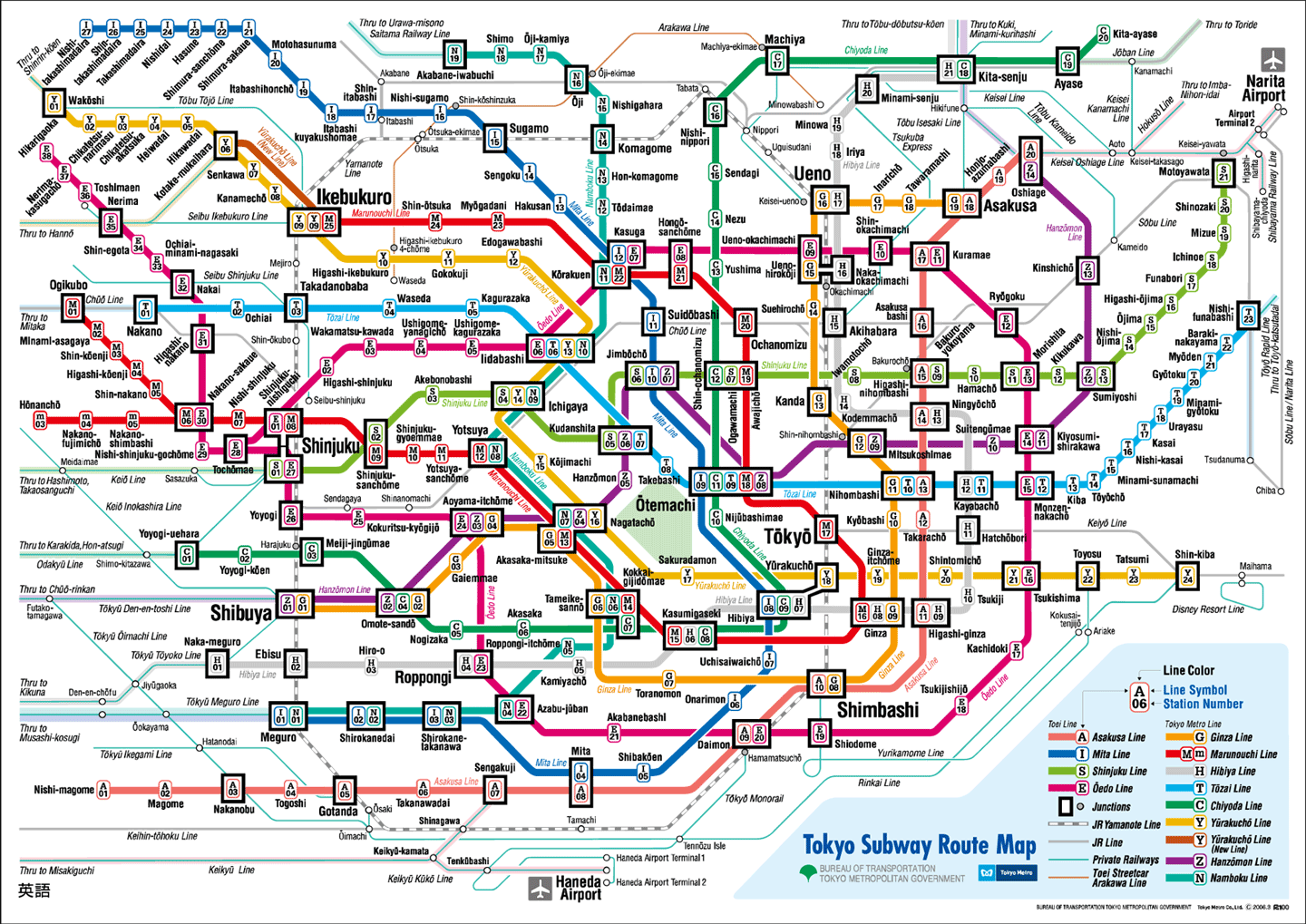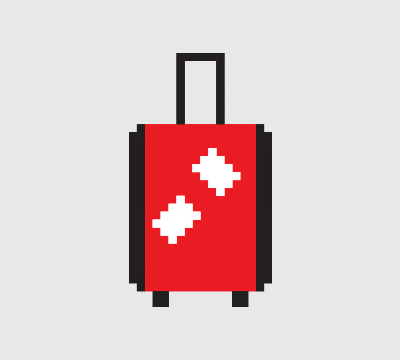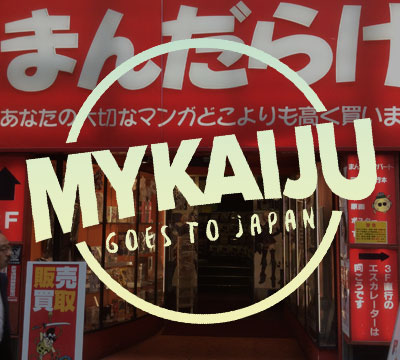Updated 4.15.2018
Going to Japan is a dream for Godzilla fans. Many of us already have a list of places to go and things to do. Shopping and sightseeing are at the top of the list. But before fun can be had there’s a lot planning and preparation to be done. Here is a brief guide for travel to Japan for travelers in general and Godzilla fans in particular. The following pages are a Godzilla guide to six Japanese cities: Tokyo, Nagoya, Karuizawa, Osaka, and Kyoto for Godzilla fans.
Preparing to go to Japan
Going to Japan requires important preparation that cannot be overlooked. There’s a lot to think about! Here’s a working list of things to do in preparation for your trip to Japan. First, determine what destinations you would like to go. Japan is made up of thousands of islands but there are five major islands about the size of California. Lining up where you are going, what you want to see, and what you want to do are essential for a trip to Japan. Japan is more than the sum of its big cities. It’s culturally rich with unique spaces and experiences. Traveling in Japan will remind you of the scenes and locations in Godzilla movies. It is difficult to go everywhere and to see everything within two weeks. But adequate preparation will get you where you want to go.
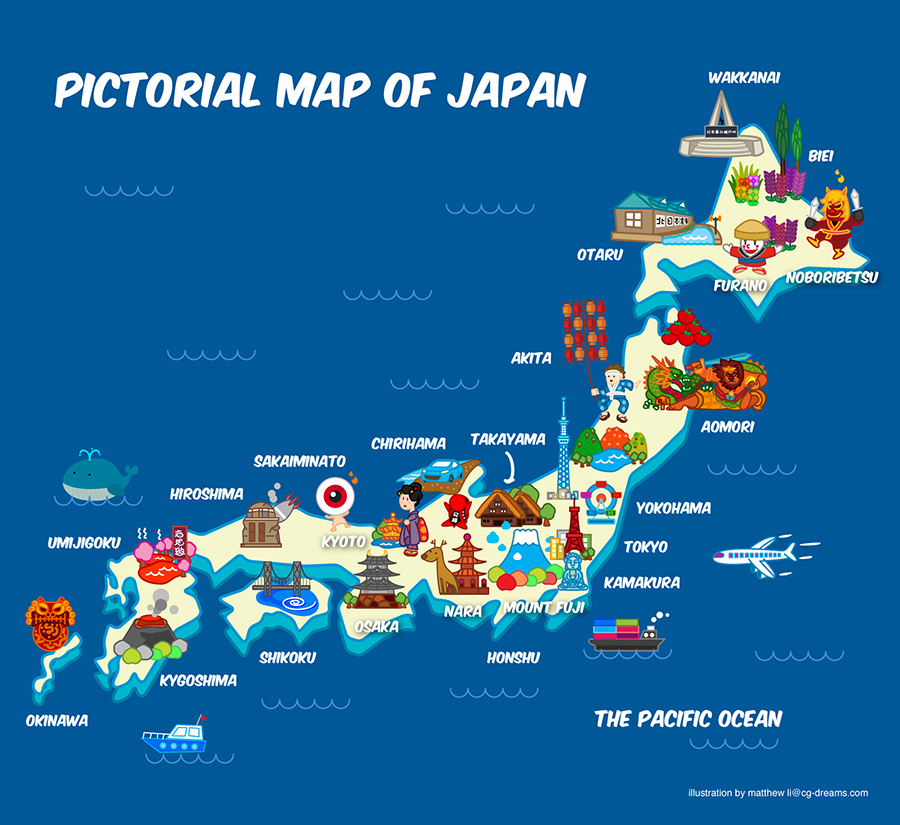
Passport: First, you must have a passport. A visa is not required for US citizens as long as you don’t plan to be there beyond three months. If you have a passport, make sure it has not expired. In the US, passports can be expedited. Coming from the US shots are not required as well.

Airfare: When you go to Japan will determine how much airfare will cost you. Traveling during the Fall and Winter months (September through March) is the cheapest in my experience. There are two major airports Narita International Airport (成田空港, Narita Kūkō, NRT) and Haneda Airport (HND). Going to Japan during the Summer months is not recommended because of the higher rates and warmer temperatures. Here a guide to when to travel to Japan.
Accommodations: Hotel fees can be pricey starting at 10,000 yen per night ($100 USD). On my first trip back in 1994, I stayed at the Holiday Inn in Ikebukuro. It was a very expensive Western-style hotel ($232/ night). But the cost was much less because a travel agency set up my trip. Youth hostels are very affordable and convenient. Last year, I had my first stay at a hostel in Roppongi. It was only 3,800 yen (aout $38) per night. The room was small and very narrow but its bed, closet, TV, and window were all I needed. The bathrooms and showers are shared. And the host was very warm, helpful, and inviting. I’ve lived in Japan over the last seven years and volunteered at several schools where my room and board were very little to nothing. This trip I will return to these schools and visit friends. So my hotel expense will only be in Tokyo where I plan to return to the hostel. Think ahead and consider what’s most important. For some Japan will be a culture shock but it has all modern amenities but also offers the traditional Japanese experience. If you are going sightseeing and shopping keep your cost to a minimum. Four of my trips were tourist trips for 9 days that included all hotel accommodations and travel between Tokyo, Hakone, and Kyoto. But now I make all my accommodations using popular web sites like Orbitz.com, Kayak.com, Expedia.com, and Booking.com. Here’s a guide to accommodations in Japan.
Currency: You will need Japanese yen (円, ¥, JPY) but major credit cards and debit cards will work just fine. I’ve avoided travelers checks. Call your bank and credit card companies prior to leaving to inform them of the dates you will be traveling in Japan. Travelers can exchange some currency at the airport. Carrying large sums of cash is normal in Japan. It was challenging to find an ATM that supported my local bank. ATMs at local convenience stores such as Seven Eleven, Lawsons, and Family Mart work just fine. Japan is really not as expensive as other destinations. Travelers simply must know where and when they will incur larger expenses. For those traveling from the US the dollar has strong lately and has traded around $1=100円. A simply way to convert from US dollars to Japanese yen is to move the decimal place two spaces to the left. For example, if an item cost 20,000円 it’s rough equivalent is $200. Here’s a guide to currency.
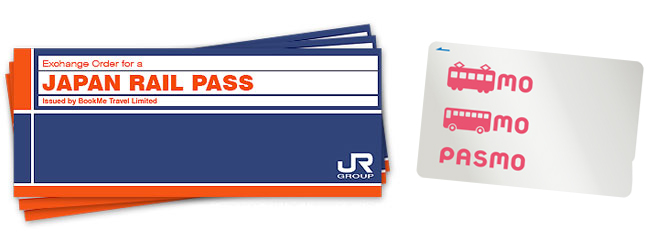
Travel in Japan: There is no need to drive in Japan. Japan has one of the world’s finest transportation systems. It’s rail and subway systems are the best. It can be overwhelming but travel on the subway and rails is the best way to get around Japan and it will be memorable. Riding the shinkansen (bullet trains) are very fast but are very expensive between major cities. For example, round-trip fares between Tokyo and Nagoya are easily 15,000円 (about $150). If you don’t mind taking a few more hours to get to your distant destinations try the buses. For example, travel between Tokyo and Karuizawa by shinkansen is 150,000円 compared to 4500円 by bus. If you want more comfort try the limousine bus (about $100). Here’s a guide to transportation in Japan.
I recommend bilingual maps (Japanese and native language). Although in Tokyo and other major cities large signage is in English, matching the kanji characters on your map with signs is very helpful. Place a digital map on your phone or tablet along with a printed map. Taking the subway in Tokyo and other major cities is relatively inexpensive. The cost from one stop to another is listed above the station name (e.g., 160円). The Japan Rail Pass has saved me hundreds of dollars in travel costs between Tokyo, Karuizawa, Nagoya, Kyoto, and Osaka. Never leave home without it. Also for travel in Tokyo, get a Pasmo Card. It will save lost of time lost getting train tickets from each station. In Tokyo, I find the JR Yamanote Line to be the most efficient. It essential goes around Tokyo in a loop stopping at major stations (e.g., Shinjuku, Tokyo, Akihabara, Ueno, Ikebukuro). Chou is another helpful line cutting across Tokyo and the Yamanote Line connecting Shinjuku to Tokyo station. Taxis are expensive. I drove in Japan using an international driver’s license purchased at local travel agencies like AAA. Driving in Japan requires going in the opposite direction for most. Driving is fun but a big responsibility. Whether by train, bus, taxi, or car, travel can be exhausting and will take its toll. Plan your days and get good sleep. Avoid major stations during rush hours.
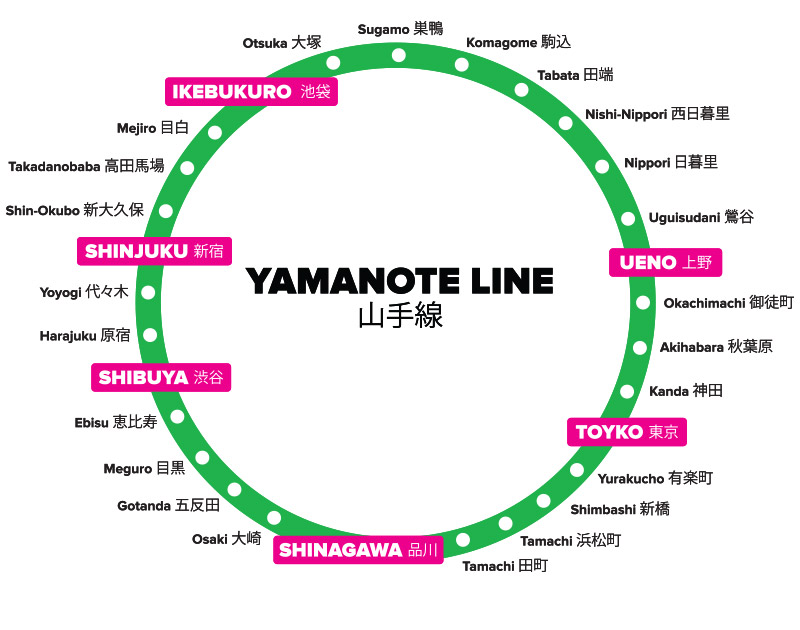
The JR Yamanote Line goes around Tokyo with stations at all the major districts. It is a very efficient and affordable way to get around Tokyo.
Packing: I believe packing light is the best way to travel. “Less is more!” I had to learn that with more fourteen flights to and from Japan over the last seven years. Some may find a backpack with multiple pockets works best. When selecting larger bags make sure it has a wheels. Moving through the subway and going up and down the many flights of steps is very difficult with large bags, especially without wheels. I will fold up a large bag in my smaller bag as a carry-on going home. Don’t over do it on clothing. Keep it simple with the essentials. Be mindful of your electronics and bring required converters. Electronics from the US usually have no problem using the Japanese outlets. Don’t forget your chargers. While out sightseeing and shopping, keep small bags to a minimum. Carry your passport (or a copy of your passport) with you at all times.
Language: It’s helpful to memorize set phrases. If you speak English you will find some Japanese eager to speak in English. Here are a few important and helpful phrases to know:
- Thank you — Arigatoo gozaimasu (Ah-ree-ga-toe go-zai-mahss, どうもありがとうございます)
- Where is (the bank)? — (Ginko) wa doko desu ka? (ぎんこうは、どこですか?)
- How much is this? — Kore wa, ikura desu ka? (Koe-reh wa ee-koo-ra dess-ka? これは、いくらですか?)
- May I have this/that/that over there, please — Kore/Sore/Are o onegashimasu (これ/それ/あれをお願いいたします)
- My name is (John) — Watashi wa, John desu (わたしは、ジョン です。)
- It is a pleasure to meet you — Hajimemashite. Doozo yoroshiku (はじめまして。どうぞよろしく)
- Itadakimasu (Ee-ta-da-ki-mahss, an expression of gratitude and reception said before you eat, いただきます )
- The meal was delicious — Gochisoosama deshita (Go-chee-so-sa-ma-desh-ta, ごちそうさまでした)
- Good morning — Ohayo gozaimasu (おはようございます)
- Good afternoon — Konichiwa (こんにちは)
- Good evening — Konbonwa (こんぼんは)
- Good night — Oyasumi nasai (おやすみなさい)
- Until next time — Dewa mata (では、また)
- Excuse me — Sumimasen (すみません)
- Let’s eat — Tabemasho (たべましょう)
- Let’s go — Ikimasho (いきましょう)
- Please — Doomo (どうも)
- Cheers — Kampai (Said together right before enjoying a drink at the dining table, かんぱい)
- When entering a restaurant or shop you will here irasshaimase (いらっしゃいませ). It means “welcome.”
- Good bye — Sayonara (said if you will not see the person again, さようなら)
- Here are some helpful nouns to know: bus — basu (バス), train — densha (でんしゃ/電車), house — uchi (うち), hotel — hoteru (ホテル), friend — tomodachi (ともだち), name — namae (なまえ/名前), bathroom — teari (てあり), bank — ginkoo (ぎんこう/銀行), street — dori (どうり), town — machi (まち), book — hon (ほん/本), toys — omocha (おもちゃ), shop — mise (みせ/店), map — chizu (ちず/地図)
- Here are some helpful adjectives: delicious — oishii (おいしい), big — ookii (おおきい), small — chisai (ちさい), expensive/high — takai (たかい), inexpensive — yasui (やすい), awesome — sugoi (すごい), interesting — omoshiroi (おもしろい)
If you have time I highly recommend learning Japanese katakana and hiragana. These are the two ways all the Japanese syllabus are written. Kanji are the more complicated Chinese characters used in the Japanese writing system. Tofugu.com is a great resource for learning Japanese. Regardless of the level of your knowledge Japanese, the people of Japan appreciate your effort and will help you.
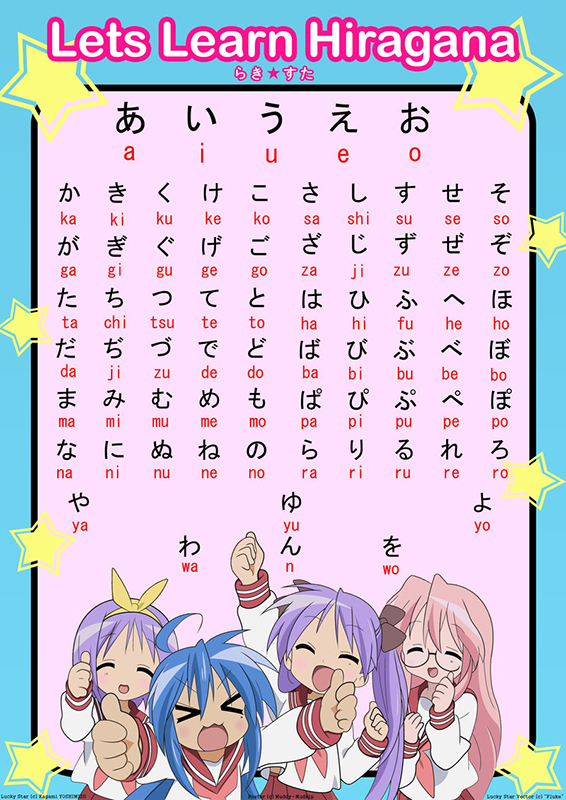
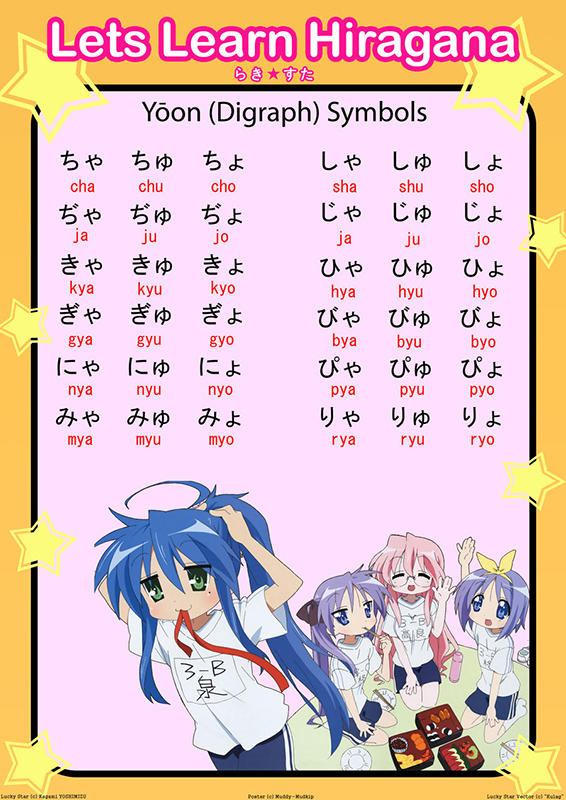
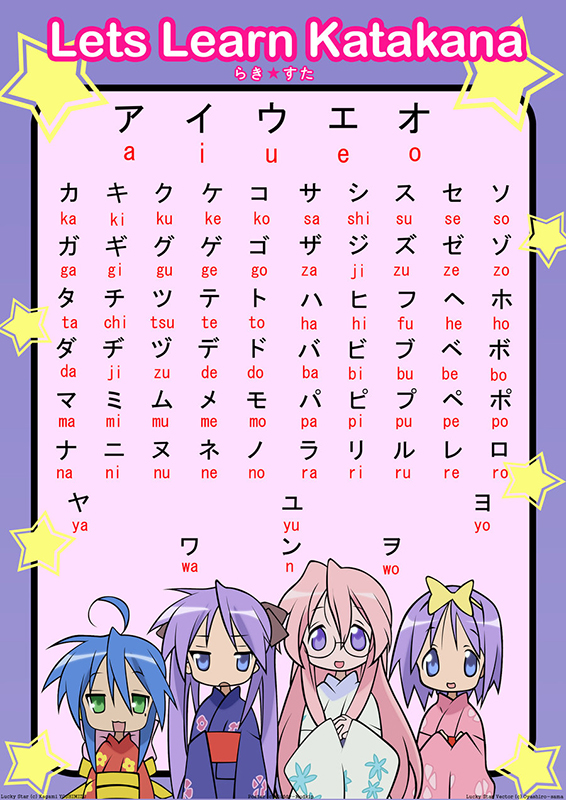
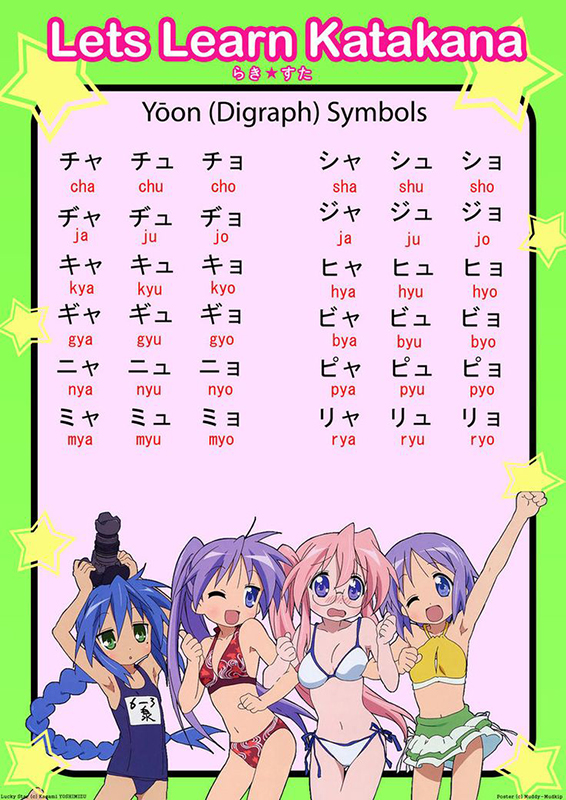 Hiragana (e.g., かいじゅう, “kaijuu”) is used for native words and Katakana for foreign loan words (e.g., ゴジラ, “Gojira”)
Hiragana (e.g., かいじゅう, “kaijuu”) is used for native words and Katakana for foreign loan words (e.g., ゴジラ, “Gojira”)
Learning Japanese is fun. Godzilla fans, start by learning to pronounce and spell the names of all Toho kaiju. Learn to read any children’s Godzilla books. This is how I started. You can master katakana, hiragina, and some essential kanji before you know it.
Jet Lag: Jet lag is the extreme fatigue experienced when traveling to a place in a different time zone. Traveling from the East coast in the US to Japan jumps across many time zones. There is a 13 to 14 hour difference. Noon in the US is 1am/2 am in Japan depending on day light savings time. Jet lag hits me very hard. It has taken me a minimal of three weeks to adjust to the change in time. You may feel like falling into a deep sleep in the middle of the day. But you must resist and stay awake. Drink plenty of water and get up and go! Stay up until at least 9pm and in a few days you will be adjusted.
Do and Don’t Although the Japanese are very forgiving of foreigners who are unaware of their customs, we want to be the best visitors as possible. Here are some important don’ts: 1) Don’t talk on your mobile phone the train. Here are some helpful videos for your stay in Japan.
Meals: Japan has any food you can imagine. There are convenient stores on nearly every corner. Supermarkets are great for bento boxes for lunch, snacks, and more. You can eat cheaply at fast food restaurants or eat upscale at the best eateries. Before the meal you will receive a warm cloth for wiping your hands only. Fold it and place beside you when finished. Before you eat you can say, “itadakimasu.” And when finished, you can say, “gochisoosama deshita.” Remember, tipping is not required. Gratuity is already included. Here’s a guide to dining in Japan.
Culture: Japanese culture is one of respect, courteous, and order. Politeness and thoughtfulness is in order. Showing the utmost respect is expected in any culture. The Japanese are forgive foreigners for our mistakes, but it is important to be respectful and trying to do things right is important. No littering and maintaining the peace and quiet in quiet spaces is a must. Do not eat while you are walking. Avoid going barefoot. Carry tissues to avoid excessive sweating in public. Wear a surgical mask (available at convenient stores) if you have a cold and cough. Trash cans are not readily available. Carry a bag to hold any trash you may accumulate until you find a trash can. Remember to remove your shoes when entering a home at the front door and in the designated location when dinning out. There are slippers set aside for your use. When using chopsticks do not use them to pass food and nor to stab food. Bowing is used when greeting. The lower and longer the bow the more respect and honor payed to the other. Japan is a collectivistic society and conformity is important. Rouge and rugged individualism from western cultures is not the Japanese way. Tattoos have a negative connotation in Japan so covering them up is helpful. Avoid drawing attention to yourself. Remember to be sensitive and respectful. If you decide to go to Onsen (public baths), be careful to follow the rules. You wash, scrub, and thoroughly rinse off before entering the hot spring. Although crime occurs in Japan, the crime rate is low compared to other countries. Learn more about Japan, its etiquette, history, religion, arts, and more.
Trip planning: Before you go, do your homework. Gather your resources, maps, addresses, and directions. Having a phone with Google maps is ideal but using your phone in Japan could be expensive. So load your electronic resources on your mobile device before you go. Download and even screen capture maps. Having travel insurance and trip medical insurance is recommended. Earthquakes are a part of life in Japan. I was there on the tragic day of the 3/11. Let your family/friends know where you are and provide them with an emergency contact information. Have your address of your place of stay printed in both English and Japanese in case your mobile devise goes out. If you need internet connectivity everywhere you go, consider renting a wireless router. There are plenty of web sites that will help you prepare. Some are better than others. Before you go read and be inspired about Japan, its people, and culture.

